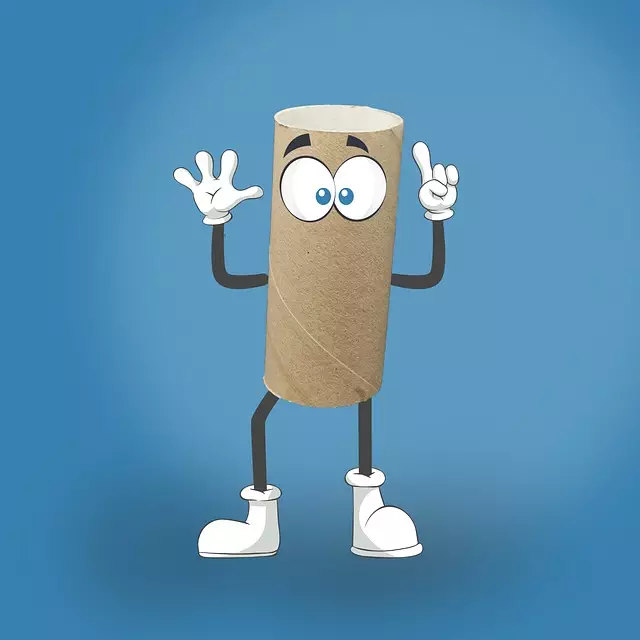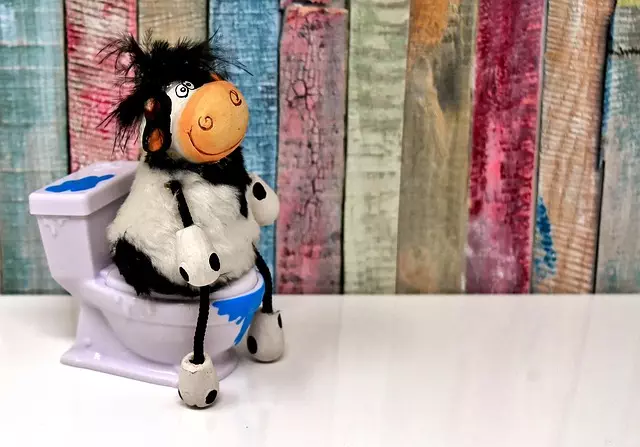Before installing a new toilet in Toledo, prepare the area by clearing space, checking drainage, leveling the floor, and gathering Toilet Installation Tools Toledo. Ensure compliance with local building codes by understanding DIY limitations and consulting professionals. Use specific tools for removing old toilets, inspecting bases, preparing new fixtures, connecting water lines, securing tanks, and testing functionality during the Toilet Installation Process. Proper preparation and tool usage prevent damage, ensure stability, and maintain hygiene in a successful DIY Toilet Installation.
Looking to install a new toilet yourself? This comprehensive guide breaks down the entire DIY toilet installation process, from preparation to final cleaning. We’ll walk you through gathering the essential Toilet Installation Tools for Toledo and navigating each step, including removing the old toilet, installing the new base and tank, connecting water lines, and securing your new fixture. By following these steps, you’ll have a fresh, functional toilet in no time.
- Prepare the Toilet Installation Area
- Gather the Necessary Tools for Toledo Toilet Installation
- Remove the Old Toilet
- Install the New Toilet Base and Tank
- Connect the Water Lines
- Adjust and Secure the Toilet
- Final Checks and Cleaning
Prepare the Toilet Installation Area

Before installing your new toilet, it’s crucial to prepare the installation area. This involves clearing a space around the intended location, ensuring proper drainage, and leveling the floor. Remove any debris or existing fixtures that might interfere with the process, using suitable Toilet Installation Tools Toledo. Double-check that the area has adequate clearance for the toilet’s dimensions, especially when it comes to the swing radius of the door or nearby obstacles.
Proper preparation includes examining the subfloor for stability and ensuring it can support the weight of the new toilet. In many cases, DIY Toilet Installation is feasible, but understanding local building codes and regulations is essential. If in doubt, consult a professional to ensure your work complies with safety standards and avoids potential issues down the line.
Gather the Necessary Tools for Toledo Toilet Installation
When preparing for a DIY toilet installation, having the right tools is paramount to ensure a smooth and successful process. For a typical toilet installation in Toledo, you’ll need a comprehensive set of tools tailored to this task. Basic tools such as a wrench set, pliers, screwdrivers (both flathead and Phillips), and a level are essential. Additionally, consider having a measuring tape, a hammer, utility knives, and protective gear like safety glasses and gloves.
The Toilet Installation Process requires these tools for various stages. They help with disassembling the old toilet, preparing the new one, connecting the water lines, securing the toilet’s hardware, and ensuring a level and stable installation. Having them readily available will enable you to work efficiently and effectively throughout the DIY toilet installation project.
Remove the Old Toilet
When embarking on a DIY toilet installation project, the first step involves removing the old one. This process requires specific tools tailored for efficient and safe removal, such as a wrench or a plier designed for toilet bolts. With the right Toilet Installation Tools Toledo at your disposal, carefully loosen and extract the existing toilet from its position. Once removed, inspect the base of the toilet bowl for any signs of damage or wear, ensuring the new toilet will fit seamlessly in its place.
This initial step is crucial in the Toilet Installation Process as it prepares the foundation for a smooth and secure fitting of the new toilet. It’s essential to handle the process with care to avoid damaging the plumbing or the bathroom floor, especially when navigating around potential traps and pipes beneath the toilet.
Install the New Toilet Base and Tank

Installing a new toilet base and tank is a crucial step in the DIY toilet installation process. Begin by gathering all the necessary Toilet Installation Tools Toledo and ensuring your workspace is prepared. Remove the old toilet, carefully inspecting the existing floor for any damage or remnants of the previous installation. Prepare the new toilet base according to the manufacturer’s instructions, making sure it fits seamlessly into the designated space.
Once the base is secure, attach the tank. This typically involves connecting pipes for water supply and drainage. Use sealing compounds to ensure a watertight connection, addressing any leaks promptly. Double-check the level of the tank and adjust if needed to maintain proper functionality and prevent future issues.
Connect the Water Lines

When installing a new toilet, one of the crucial steps in the DIY toilet installation process is connecting the water lines. This task requires specific tools like a wrench or pliers, suitable for gripping and turning pipes securely. First, locate the water supply lines under your sink or in your bathroom’s plumbing system. Turn off the water valves to prevent any leaks during the process. Then, using the appropriate Toilet Installation Tools Toledo, carefully cut through the old water lines and expose the pipe ends.
Next, connect the new toilet’s water inlet to these exposed pipes using couplings and fittings. Ensure a tight seal by tightening the connections with your tools. Double-check that the water is still off before testing the connections for any leaks. This meticulous step is vital in the Toilet Installation Process to guarantee a seamless and leak-free bathroom fixture setup.
Adjust and Secure the Toilet

After removing the old toilet, it’s time to adjust and secure the new one. This involves careful positioning to ensure level installation, which is crucial for proper water drainage and a leak-free seal. Use Toilet Installation Tools Toledo to make this process easier and more precise. Begin by leveling the toilet base with shims, placing them under the legs to adjust any gaps. Once level, secure the toilet with anchor bolts that are specifically designed for DIY Toilet Installation. Ensure these bolts are properly tightened using a wrench or an adjustable screwdriver to create a sturdy foundation.
Remember, accurate alignment is key here. Proper spacing and leveling not only ensure the toilet functions optimally but also prevent potential damage to your bathroom floor over time. This step may seem simple, but it’s a critical part of the DIY Toilet Installation process that can significantly impact the long-term performance of your new toilet.
Final Checks and Cleaning

Before finalizing the toilet installation process, conduct thorough checks to ensure all components are securely fastened and functioning optimally. Inspect connections for any leaks or loose parts using appropriate Toilet Installation Tools Toledo. Test the water supply and flush mechanism to confirm proper operation. A DIY Toilet Installation requires meticulous attention to detail at this stage to avoid future complications.
Once satisfied with the functionality, it’s time to clean. Remove all debris and construction materials from around the toilet. Ensure the floor is thoroughly wiped down and sanitized to maintain hygiene. A sparkling clean space not only enhances aesthetics but also prevents potential health issues that may arise from a messy installation site.


